Gold Country always has something beautiful to offer, but let’s be honest—timing really does shape your entire experience. After several trips through California’s historic foothills, I’ve noticed that every season brings its own surprises and, sometimes, a few headaches.
Spring and autumn are hands down the best times for a Gold Country road trip. The weather feels just right, wildflowers or grapevines put on a show, and you don’t have to elbow your way through crowds like in summer.
In spring, wildflowers burst across the hills. Autumn rolls in with wine harvests and that golden light that makes every old mining town look like a movie set.
I’m here to spill what I’ve learned about each season—like the perfect time to catch daffodils at Daffodil Hill, how to jump into harvest fun at local wineries, and what to do if summer is your only shot (spoiler: it’s hot, but not hopeless). Whether you’re after spring’s colors or autumn’s cozy charm, picking the right season can really make your trip.
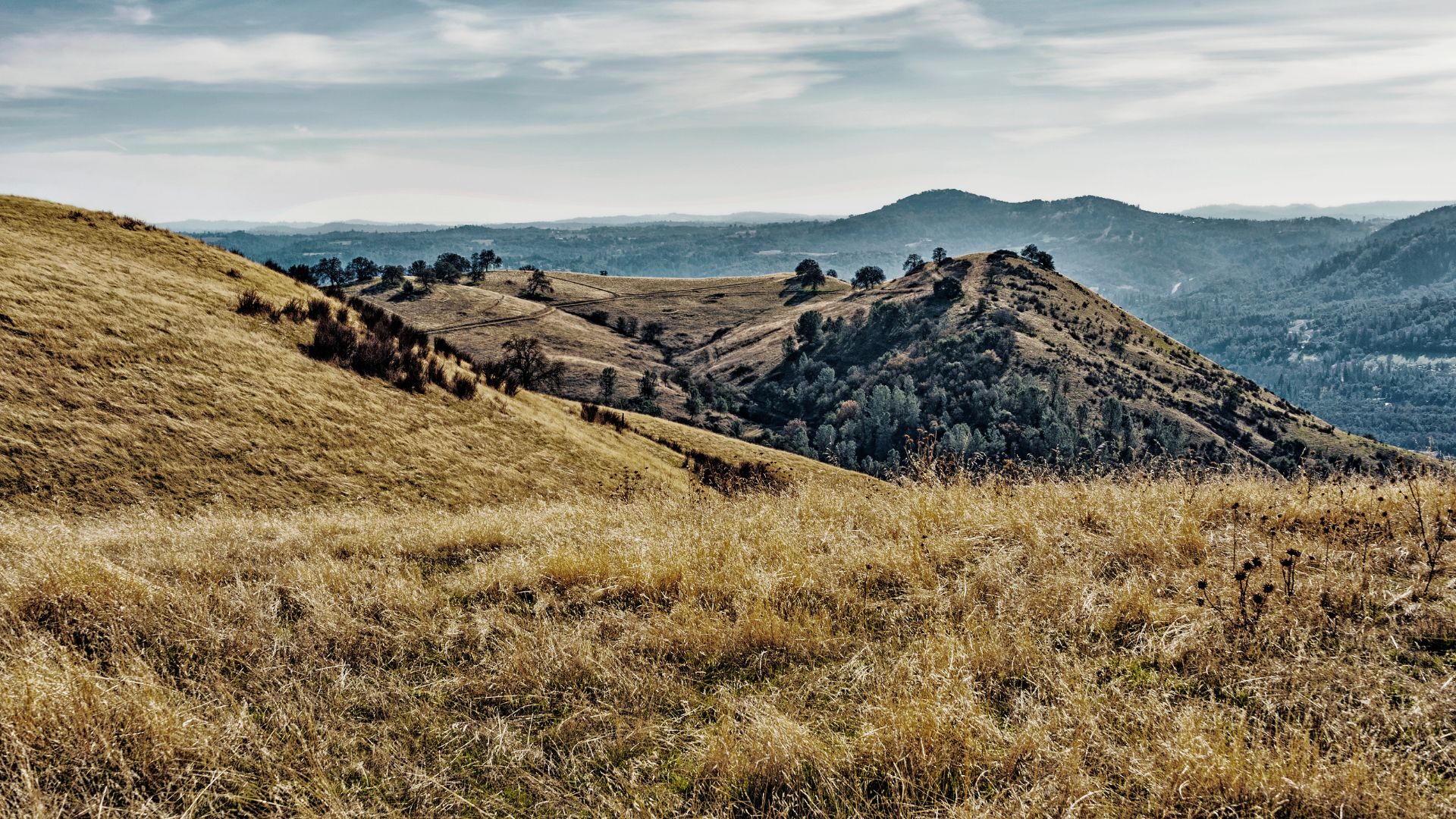
Choosing the Perfect Season for a Gold Country Road Trip
When you plan your Gold Country road trip, timing changes everything. Spring brings wildflowers and mild days. Autumn means grape harvests and crisp air. But summer? It gets rough.
Spring vs. Autumn in Gold Country
Spring turns Gold Country into a wildflower wonderland. From March to May, daytime temps usually hover in the 60s or 70s.
The hills pop with poppies, lupines, and all kinds of native blooms.
I love getting out for hikes or just wandering town streets in spring. The air feels fresh, and the sun isn’t out to fry you yet. Rain tapers off after March, so muddy roads don’t usually ruin your plans.
Autumn has its own magic. September through November means grape harvests, cooler days, and a different kind of energy.
Fall road trippers rave about autumn colors in the vineyards and hills. The grapevines go gold and red, and temps stay in the 60s to 80s. Way better than summer’s blast furnace.
Wineries throw harvest parties and tastings. Fewer tourists show up, so you can actually relax and enjoy the scenery.
Why Avoid the Summer Heat
Summer in Gold Country? Honestly, it’s rough. July and August often hit 100°F or more.
The dry heat can zap your energy and make outdoor fun feel like a chore.
Fire season peaks in these months. No rain means dry brush and, sometimes, smoky skies.
I’ve tried to beat the heat in these old mining towns, but even early mornings get hot fast. By 10 AM, you’re already sweating.
Water gets scarce, and trails sometimes close. Some attractions cut their hours or shut down for safety.
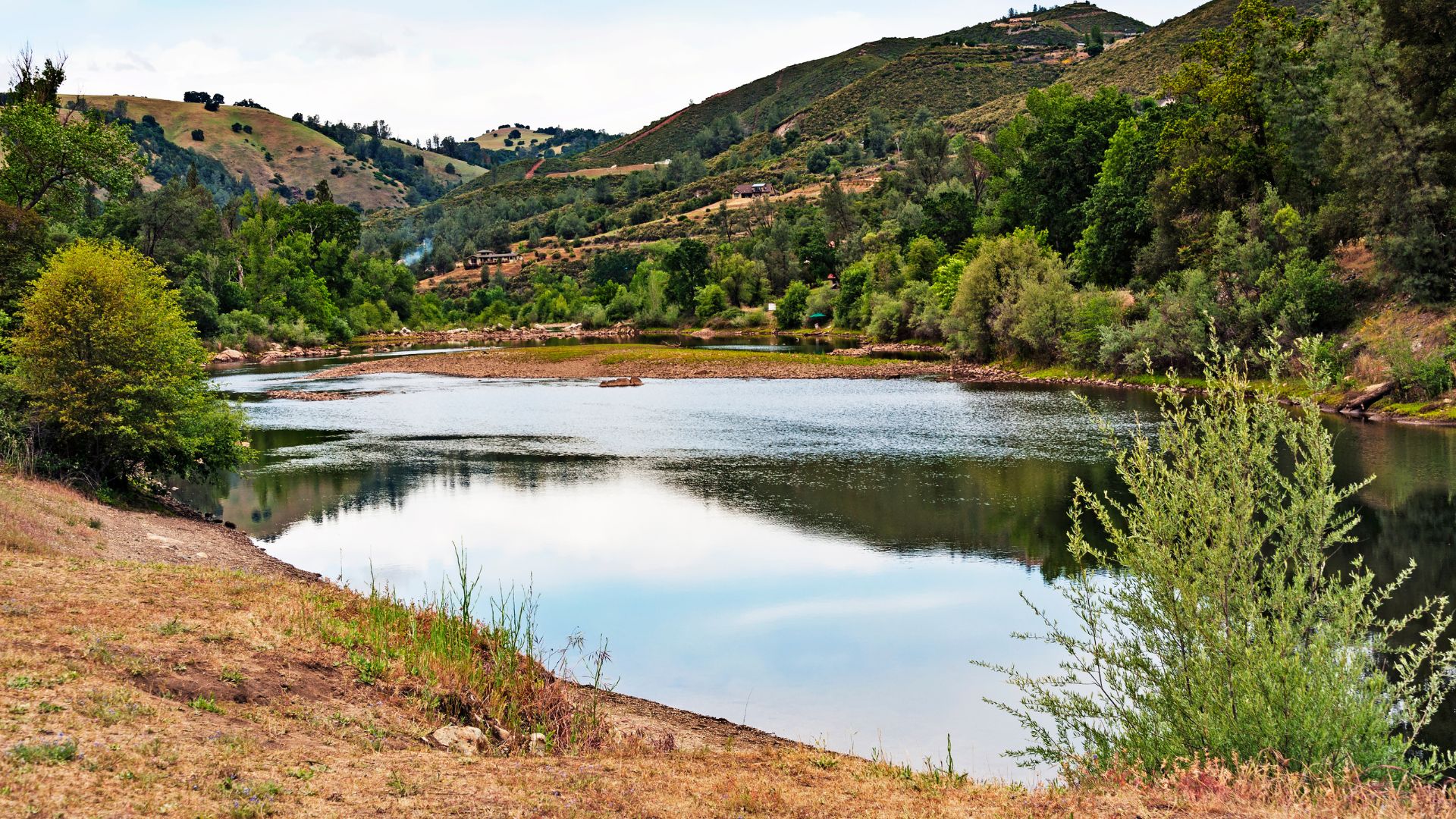
Weather Patterns and Best Travel Windows
Gold Country weather follows some patterns. Winters bring chilly nights, and higher spots sometimes get snow.
Best Travel Windows:
- March-May: Mild temps, wildflowers, not too many people
- September-November: Harvests, comfy weather, fall colors
- December-February: Cold but sunny days, almost no crowds
December sometimes surprises with warm, sunny afternoons. I’ve even seen folks in shorts in Coulterville in winter. Still, bring layers—nights cool off fast.
July through September is the toughest stretch for travel. Fire restrictions kick in, and camping gets tricky. If you visit then, plan for more indoor stops.
Exploring Spring: Wildflowers, Scenery, and Activities
Spring in Gold Country? It’s like someone turned up the saturation on the landscape. Lupines, poppies, and oak blossoms splash color everywhere.
The days feel longer and the weather just begs you to get outside. Hiking, taking photos, or just driving around—spring is prime time.
Best Spots for Wildflower Viewing
Auburn State Recreation Area never disappoints with its wildflower displays. I usually find the best blooms along the American River Canyon—blue lupines, orange poppies, and those red dirt trails.
Marshall Gold Discovery State Historic Park in Coloma mixes history with wildflowers. The meadows light up with brodiaeas and shooting stars in April and May.
Here are a few spots I keep coming back to:
- Foresthill Divide: Hills blanketed in purple lupines
- Nevada City area: Indian paintbrush in oak woodlands
- Grass Valley trails: Wildflower meadows with poppies and goldfields
- Placerville foothills: Buckeye trees and wild iris
The South Yuba River State Park near Nevada City is another favorite. I’ve snapped photos of monkey flowers and columbines blooming near old mining ruins.

Ideal Timing for Peak Blooms
Wildflowers usually peak from mid-March through May. Lower spots start first, then higher foothills catch up in April and May.
I pay attention to winter rain totals. A wet winter means wildflowers go wild. Dry years, not so much.
Early March brings redbuds and the first poppies.
Mid-March to April is the sweet spot for most blooms.
Late April to May: Higher elevations and late bloomers show off.
I always check local bloom reports or Instagram before heading out. Sometimes the timing shifts by a couple weeks, depending on the weather.
Outdoor Adventures for Spring
Spring weather makes everything easier. Highs usually hit 60-75°F—perfect for a hike or bike ride.
If you’re into photography, golden hour makes the wildflowers glow. I like getting out early before the sun gets harsh.
Try these activities:
- Hiking: Trails are open and not crowded
- Cycling: Roads are cool enough for long rides
- Kayaking: Rivers swell from snowmelt
- Camping: Nights are mild and comfortable
The American River is great for kayaking and fishing in spring. Water levels run high, and the temps make it inviting.
I like to mix wildflower stops with visits to old gold rush towns—nature and history in one trip.

Autumn Delights: Wine Harvests, Foliage, and Seasonal Experiences
Fall flips the script in Gold Country. The hills glow with gold and crimson, and wineries buzz with harvest excitement.
You’ll find grape-picking events, new wines to taste, and festivals that feel straight out of a storybook.
Wine Tasting and Harvest Events
If you love wine, visit between September and October. That’s when harvest hits its peak.
Plenty of vineyards let you get your hands dirty with grape picking. I’ve joined a few and it’s always a blast.
Wineries throw harvest festivals on weekends—think barrel tastings, live music, and dinners under the stars.
Here’s what you can expect:
- Grape stomping (yes, it’s as fun as it looks)
- Vineyard tours with the winemakers
- Harvest dinners with local pairings
- Barrel tastings of the freshest vintages
Cooler weather makes wine tasting way more pleasant than in summer. I always notice a special freshness in harvest-season wines.
Some wineries even offer autumn packages—tastings, tours, and sometimes a night on the property.
Where to See Fall Colors
Gold Country’s fall foliage is the real deal. The best colors usually show up from late October to mid-November.
Highway 49 is my go-to for a scenic autumn drive. The route winds through golden oaks and fiery maples.
Favorite spots for fall colors:
- Apple Hill near Placerville
- Nevada City’s old town streets
- Grass Valley hillsides
- Auburn State Recreation Area
Valley oaks turn bright gold. Black oaks add deep orange and red, all set off by the green pines.
If you’re into photography, catch the golden hour right after sunrise. The hills just light up.
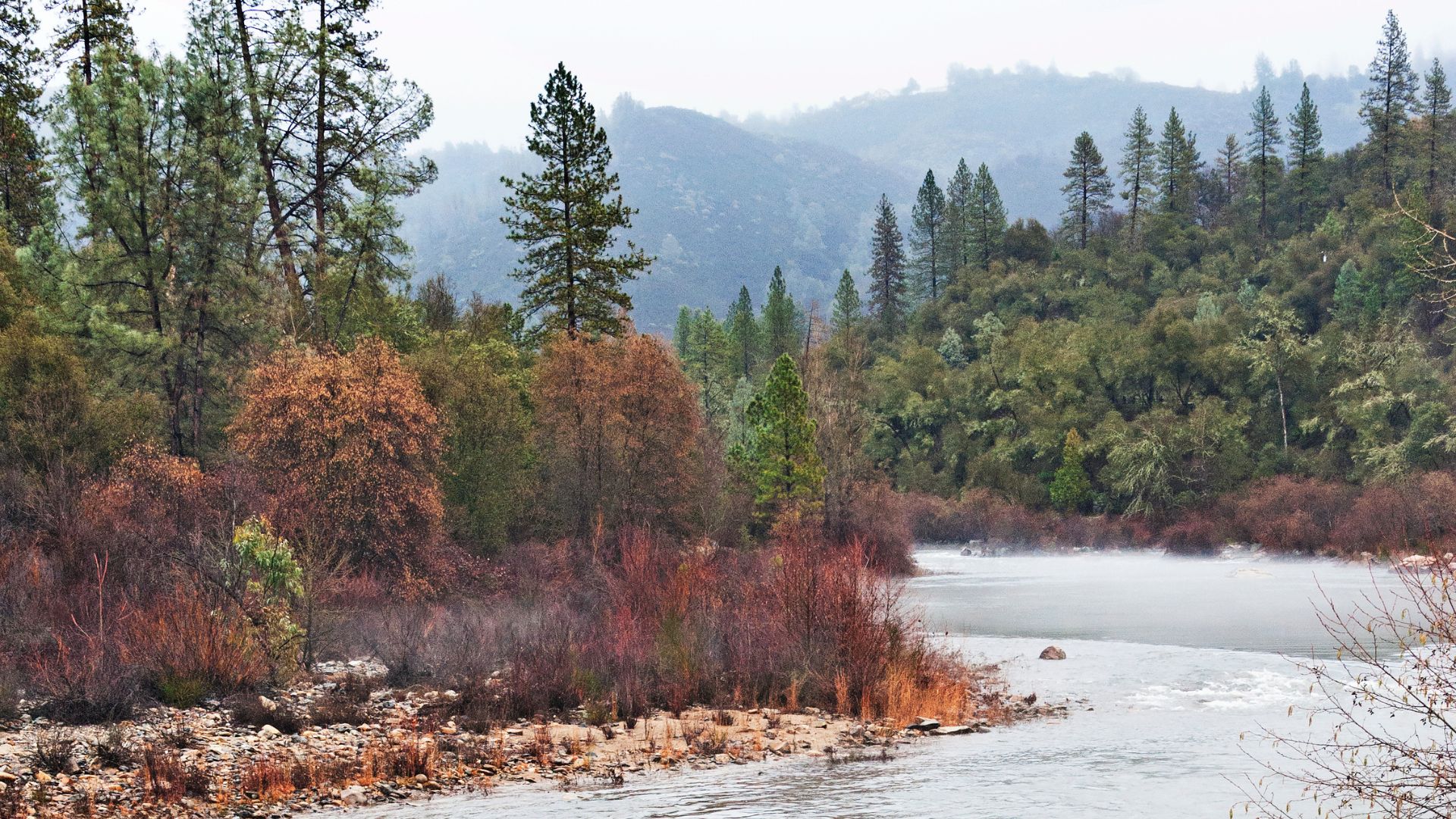
Local Festivals and Seasonal Foods
Apple Hill turns into an autumn foodie playground. Over 50 farms and orchards serve up apples, pears, and all kinds of fall treats from September to December.
Look for:
- Fresh apple cider and apple butter
- Pumpkin patches, corn mazes
- Homemade pies and caramel apples
- Local honey and jams
Weekends bring family-friendly harvest festivals—hayrides, live music, and craft booths galore.
Don’t skip the apple cider donuts. Most orchards fry them up fresh every day.
October brings town festivals with wine tastings, food trucks, and craft vendors. You get a real taste of the region’s farm traditions.
How to Avoid Summer Heat and Crowds in Gold Country
Let’s talk summer. Gold Country can hit 95-105°F, and crowds pile in just when you’d rather be anywhere else. But I’ve figured out a few tricks to keep things comfortable.
Temperature Trends and High Season Overview
It gets hottest from June through September. Most days top 90°F, and July-August are the worst.
Peak Tourist Season:
- June-August: Attractions fill up fast
- Holiday weekends: Memorial Day, 4th of July, Labor Day—expect triple the crowds
- 10am-4pm: Sites like Sutter’s Mill and Columbia State Historic Park get packed
The heat usually ramps up by 11am and stays relentless until dinner time. I always check the forecast—sometimes it spikes over 105°F.
Visitor Numbers by Month:
- June: 40% more than average
- July: 60% more
- August: 50% more
School breaks bring families, so parking and restaurants get jammed. Tour buses show up at the same time, too.
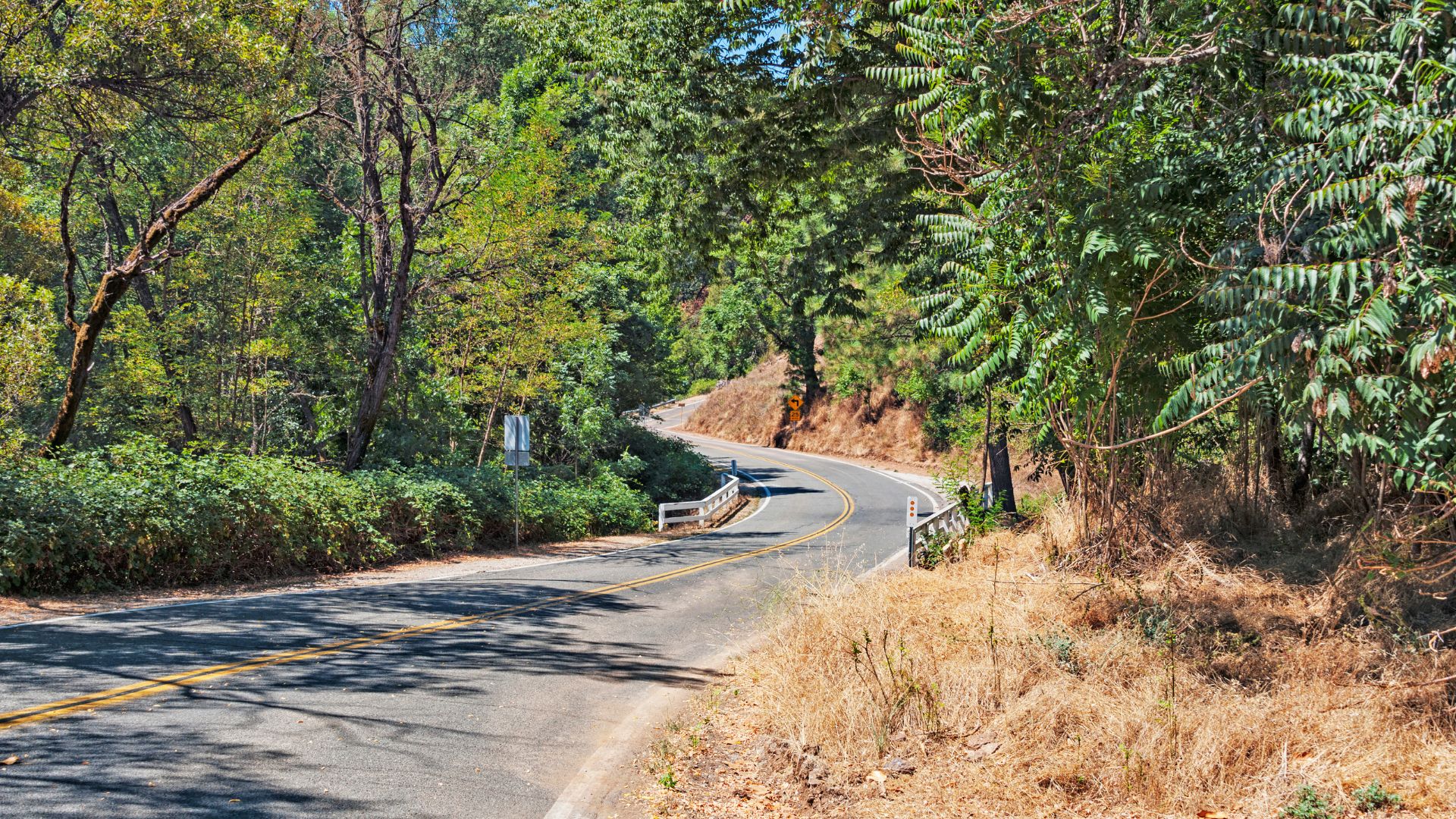
Tips for Cooler Road Trip Routes
I try to stick to higher elevations and shady spots in summer. The foothills stay cooler and give you better views anyway.
Best Cooling Strategies:
- Hit the road before 8am—temps are 15-20°F lower
- Take Highway 49 through Nevada City and Grass Valley for cooler air
- Explore underground at Black Chasm Cavern (it’s always 60°F down there)
- Stop by Calaveras Big Trees State Park for shade and forest breezes
Route Timing:
- Morning (7am-10am): Best for outdoor exploring
- Midday (11am-4pm): Duck into museums or air-conditioned shops
- Evening (5pm-7pm): Head back outside for sunset drives
I always carry extra water and look for shaded parking. Nevada City and Grass Valley have tree-lined streets that stay cooler than the open valley highways.
Hidden Gems Off the Beaten Path
Most folks stick to the main Highway 49 corridor, but honestly, some of my favorite Gold Rush stories have come from the quieter spots. You can catch all that California history—just without fighting crowds for a parking spot.
Lesser-Known Historic Sites:
- Malakoff Diggins State Historic Park: Hardly anyone around, dramatic scenery, and those cool, shaded forest trails make it feel like you’ve found a secret.
- Empire Mine State Historic Park: It’s way less hectic than Columbia, and the walking paths wind through peaceful, shady trees.
- Knight Foundry in Sutter Creek: Small group tours, quirky indoor exhibits, and local guides who really know their stuff.
Crowd-Free Alternatives:
- Skip Placerville on weekends—seriously, just head to Amador City (it barely has 200 residents) for a laid-back vibe.
- Columbia State Historic Park gets packed by noon, so I usually opt for Jamestown instead. It’s got similar old-town charm but way fewer people.
- If you want Gold Rush sites without the tour bus parade, try Auburn over Coloma. Parking’s easier, too.
I usually time my visits to the big-name spots for early morning or late afternoon. That way, you get the atmosphere without the elbow-to-elbow crowds.
Small towns like Volcano and Fiddletown? They’re the real deal—no tourist buses, just friendly locals and a genuine sense of place.
The local restaurants in these tucked-away communities serve up food that rivals any busy tourist joint. And honestly, driving between these hidden gems is half the fun. The backroads wind through rolling hills and forests, with plenty of spots to pull over for a photo or just to take in the view.
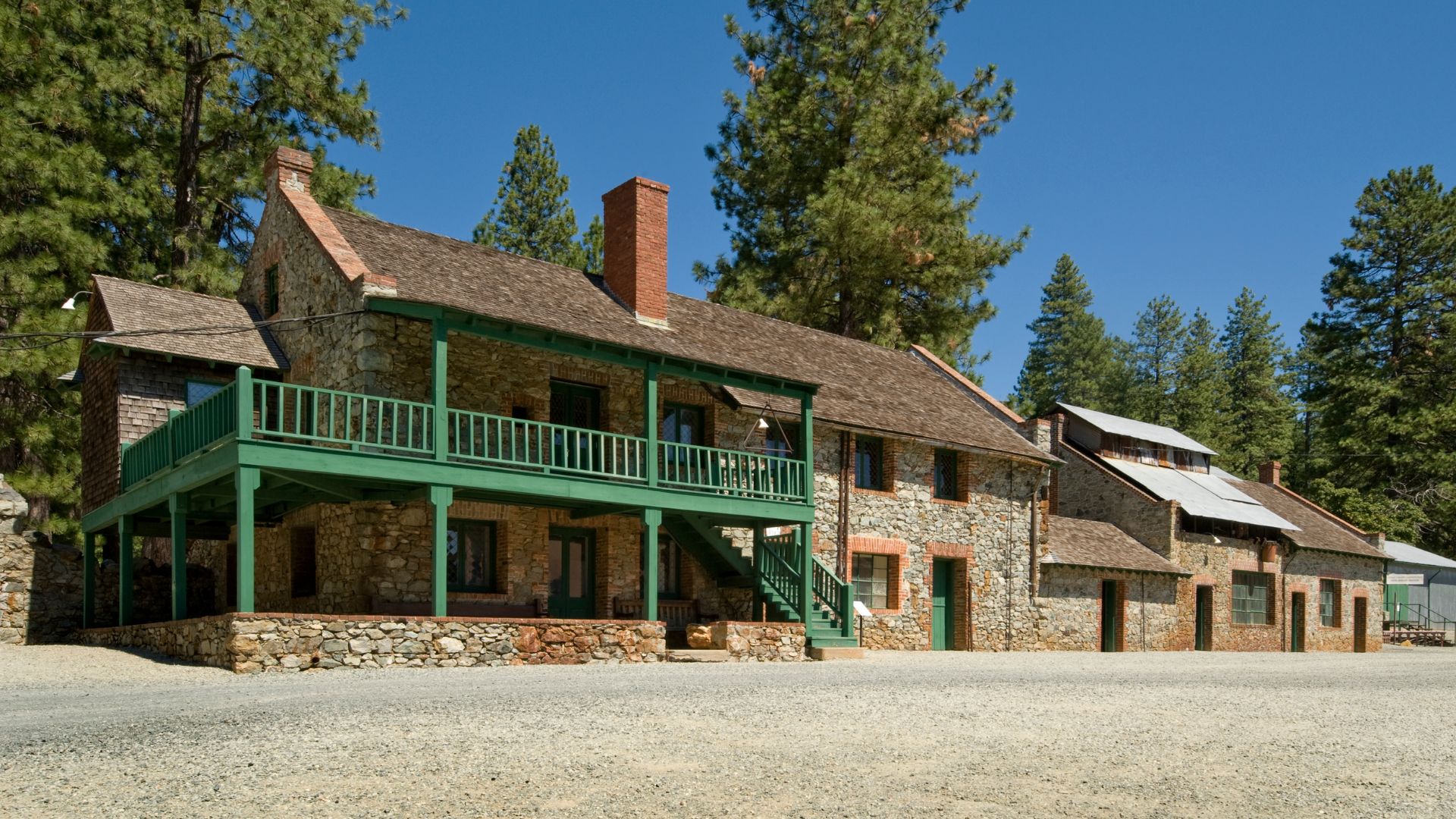
Planning Tips and Recommended Itineraries
A little planning makes your Gold Country road trip way smoother—and a lot more fun. I’ve learned that having the right gear, a flexible route, and a few solid resources gives you the confidence to explore California’s historic region at your own pace.
Packing Essentials for Seasonal Road Trips
What I pack really depends on the time of year. Spring always keeps me guessing, so I bring layers for those wild weather swings and a rain jacket just in case.
Spring essentials:
- Light jacket and a rain poncho (trust me, you’ll need both)
- Comfy walking shoes with grip for muddy trails
- Camera for those wildflower shots you’ll want to brag about
- Sunscreen and a hat
Summer gets hot out here—like, really hot. I don’t go anywhere without a cooler packed with cold drinks and a few snacks.
Summer must-haves:
- Wide-brimmed hat and sunglasses (don’t skimp)
- At least two water bottles per person
- Portable shade umbrella for those roadside breaks
- Cooling towels (they’re a game changer)
Fall is all about wine tasting and layering up. Mornings start off chilly, but afternoons can get surprisingly warm.
Fall favorites:
- Light sweater for the crisp mornings
- A plan for a designated driver or ride apps (safety first)
- Picnic blanket for those impromptu vineyard stops
- Small backpack for a quick hike
Winter? Think warm layers and a little extra caution. Mountain roads can get icy or snowy without much warning.
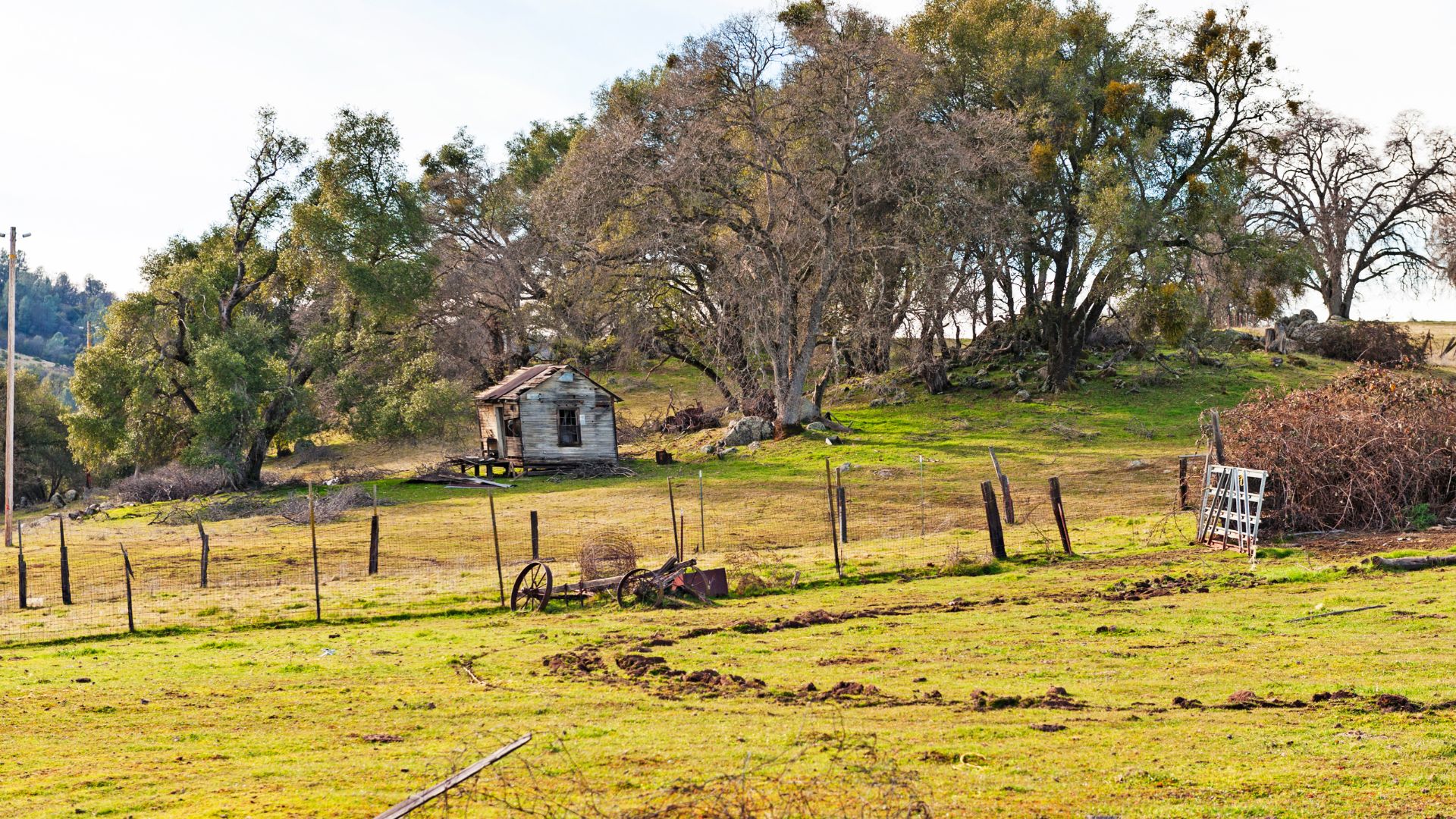
Sample Gold Country Itineraries
One of my favorite ways to see Gold Country is just following Highway 49 through those old mining towns. It’s a classic American road trip—about 300 miles of rolling hills, quirky museums, and historic streets.
3-Day Spring Route:
- Day 1: Sacramento to Columbia State Historic Park
- Day 2: Angels Camp to Murphys (wildflowers everywhere)
- Day 3: Sonora to Grass Valley
4-Day Summer Route:
- Day 1: Sacramento to Nevada City (hit the road early)
- Day 2: Grass Valley to Auburn (perfect for indoor attractions when it’s hot)
- Day 3: Placerville to Jackson (evenings are lively)
- Day 4: Angels Camp to Columbia
5-Day Fall Harvest Route:
- Day 1: Sacramento to Placerville wineries
- Day 2: Auburn to Grass Valley vineyards
- Day 3: Nevada City to Murphys tasting rooms
- Day 4: Angels Camp to Sonora breweries
- Day 5: Columbia to Sacramento
Every route brings you to historic sites, local eats, and seasonal fun. If you’re traveling during peak season, I’d suggest booking your accommodations ahead of time—just saves a lot of stress.
Visitor Resources and Useful Apps
I rely on a handful of apps and websites whenever I’m exploring Gold Country. Honestly, these tools save me time and sometimes even my sanity when I’m hungry or lost.
Essential apps:
- Google Maps: I always download offline maps—cell service can vanish without warning out here.
- GasBuddy: This one’s a lifesaver for finding the cheapest gas along Highway 49.
- Yelp: I check reviews and hours before picking a spot to eat.
- Weather Underground: Their local forecasts help me plan, especially if the weather looks iffy.
Helpful websites:
- California.com comes in handy for discovering attractions I might’ve missed.
- OpenTable makes booking a table way less stressful, especially on busy weekends.
- Recreation.gov is my go-to for camping spots and park passes.
Before I hit the road, I always check road conditions—winter can get tricky fast. CalTrans usually posts real-time updates about mountain passes and any construction delays.
I love stopping by local visitor centers for free maps and tips on what’s happening around town. The staff in Nevada City and Placerville always seem to know the coolest events and hidden gems.

